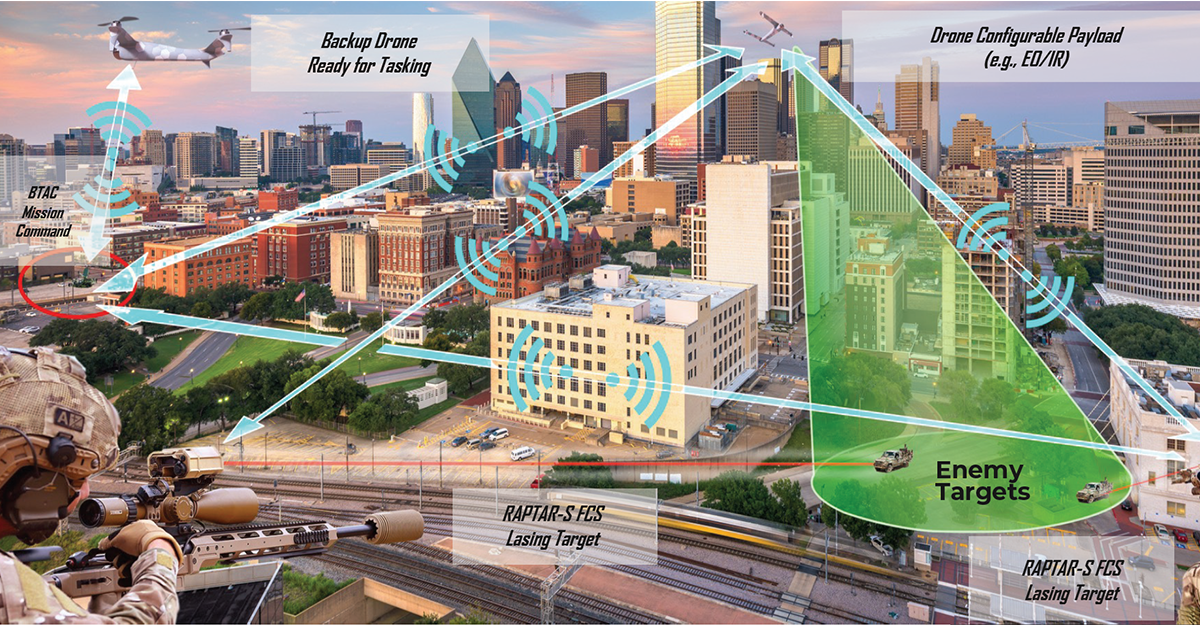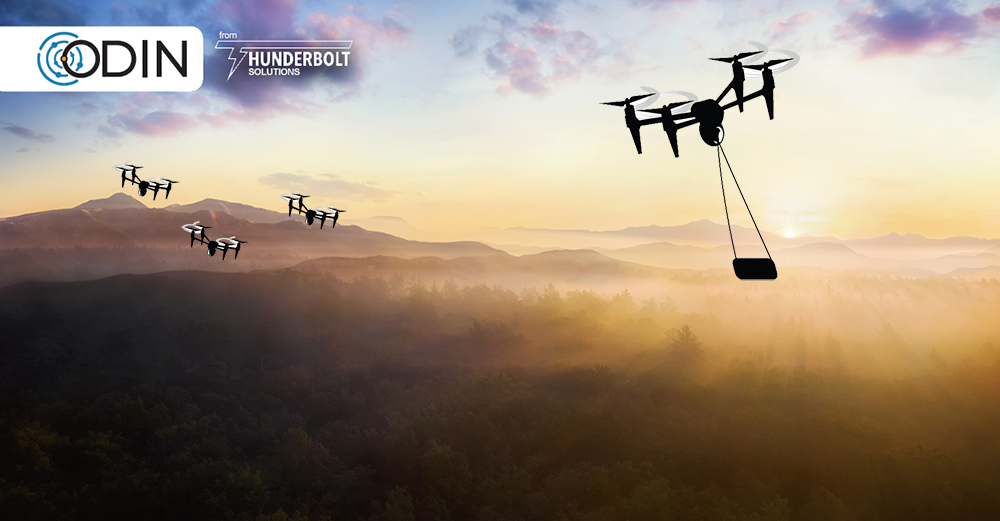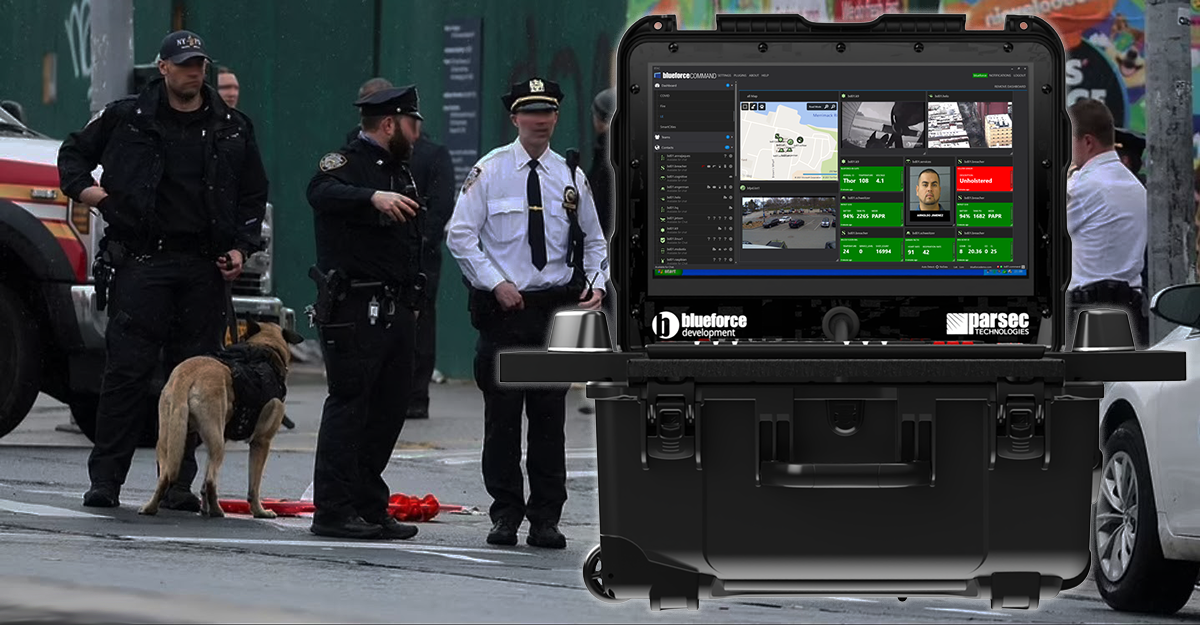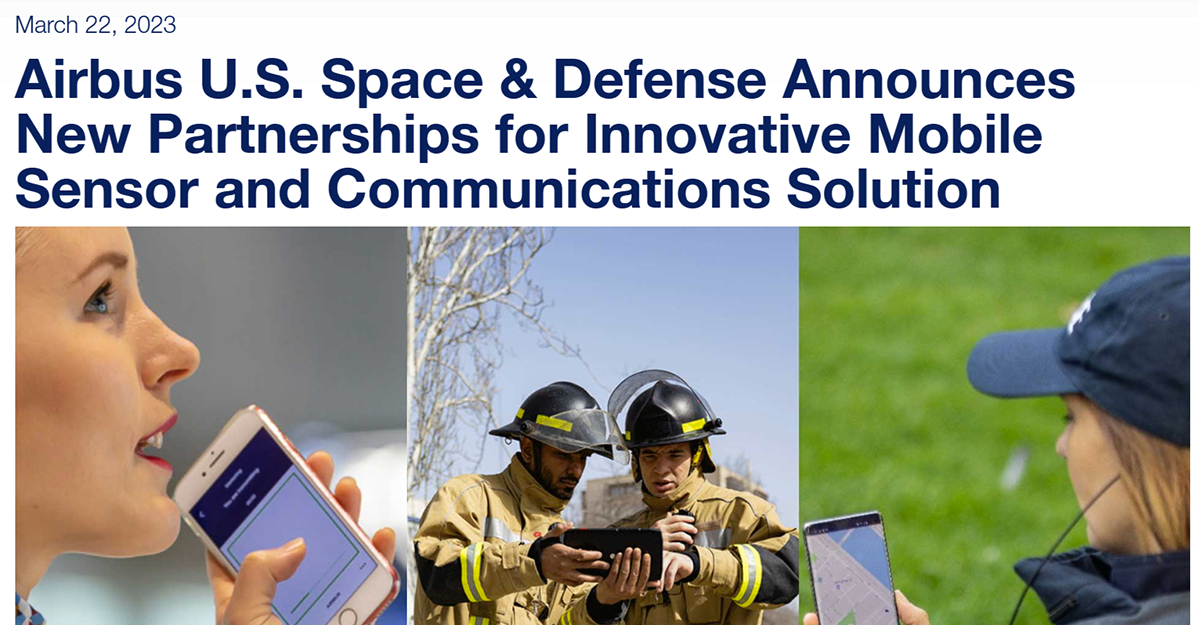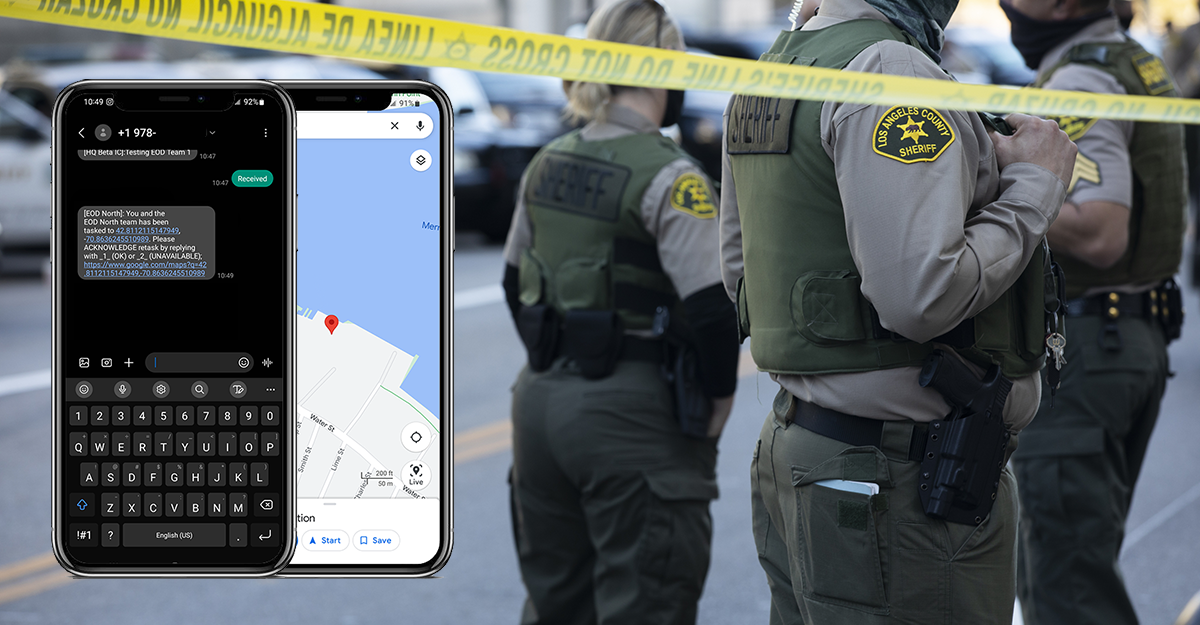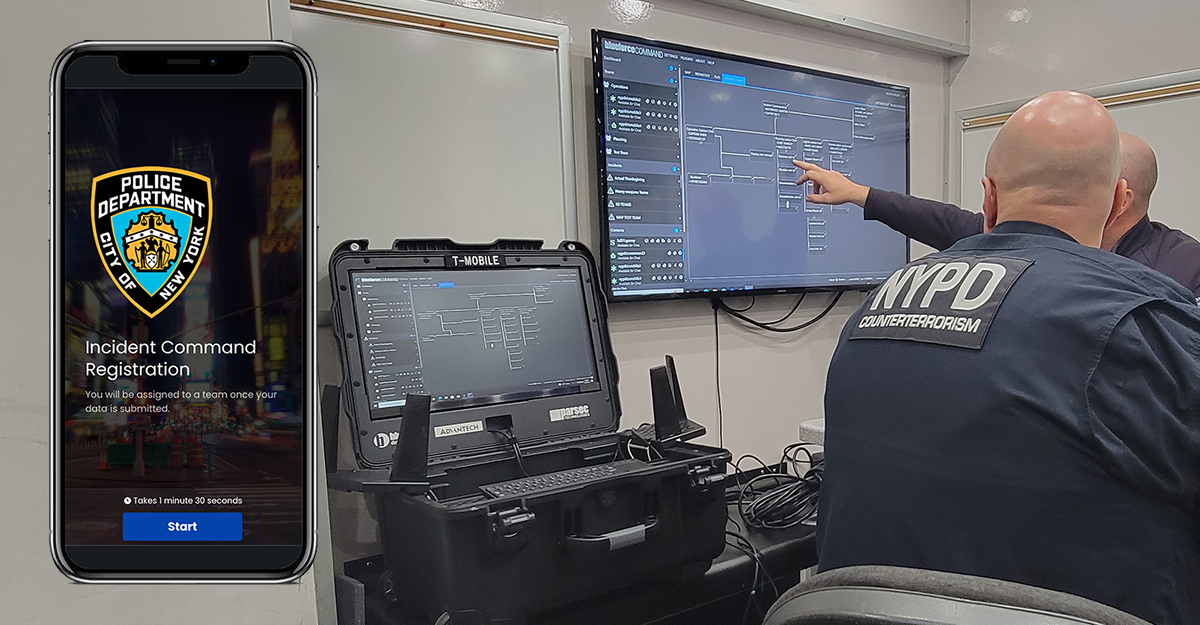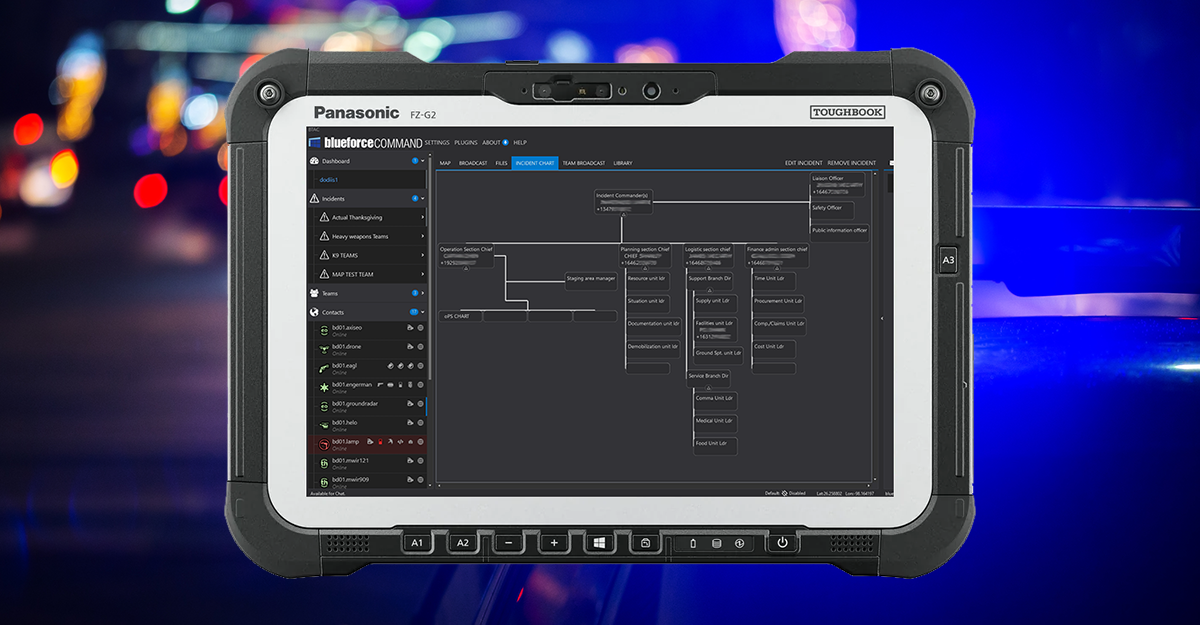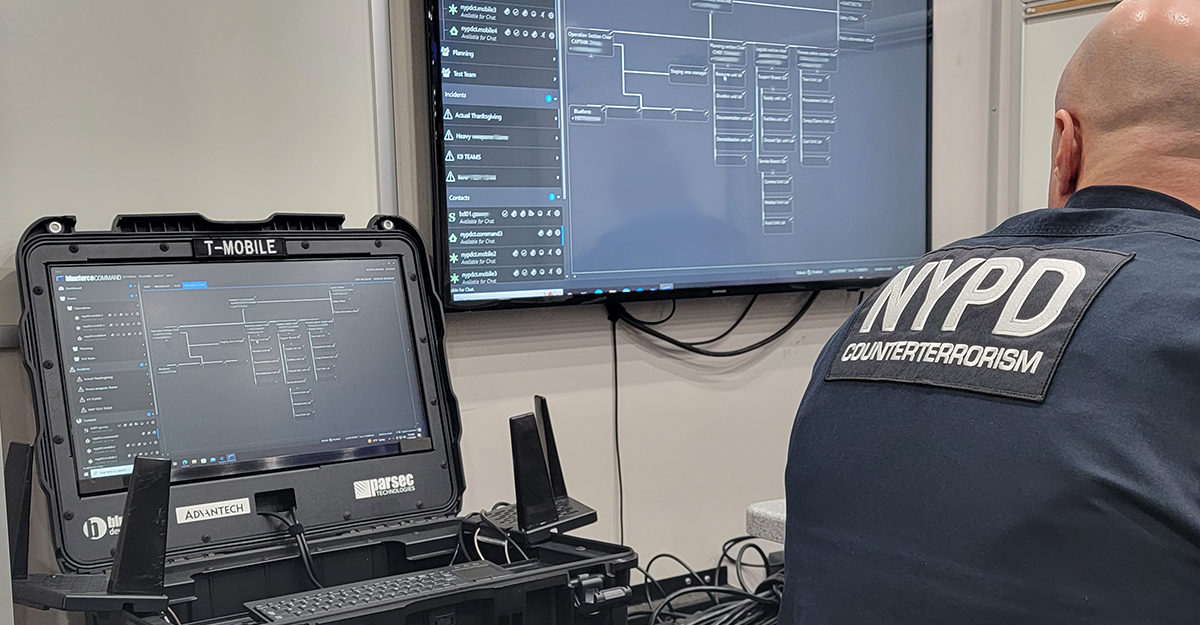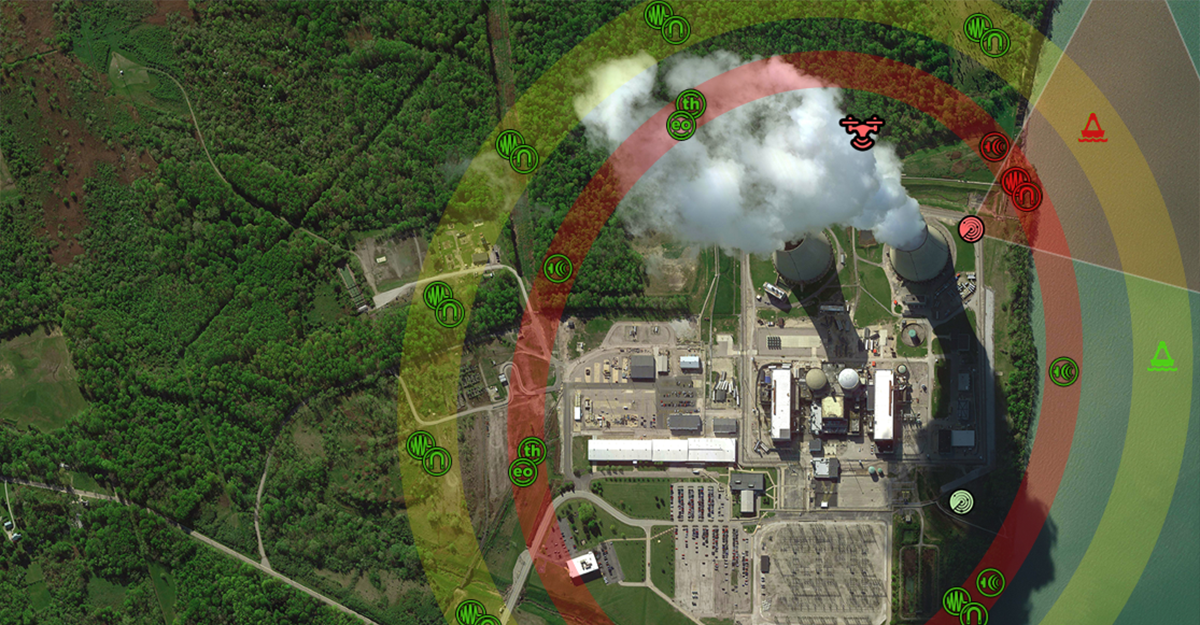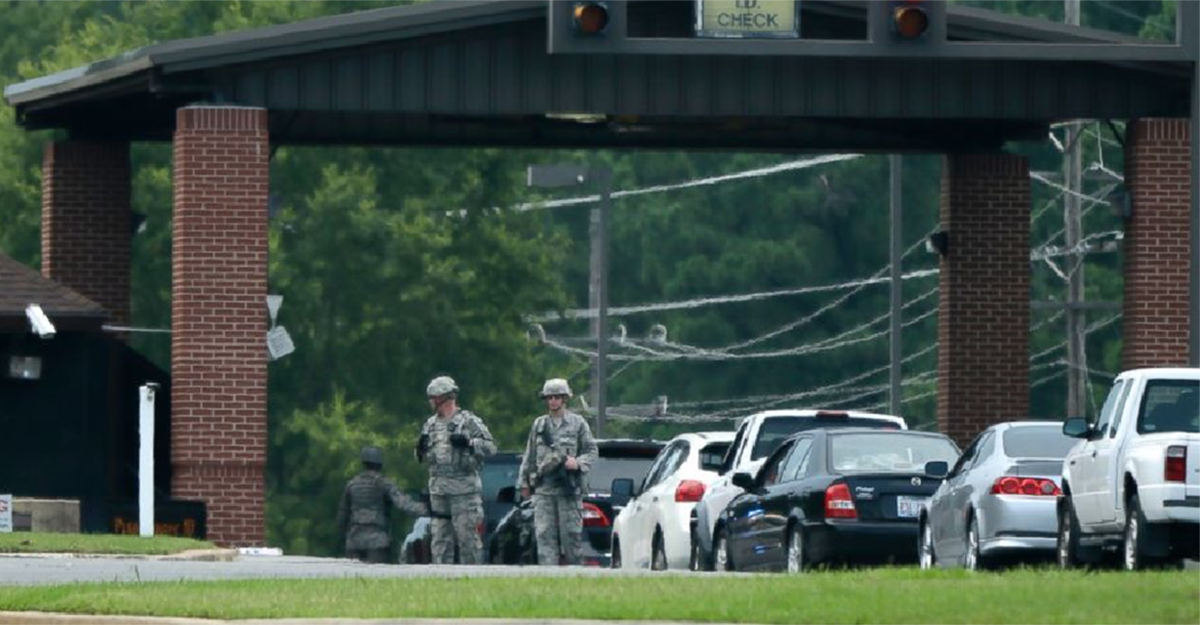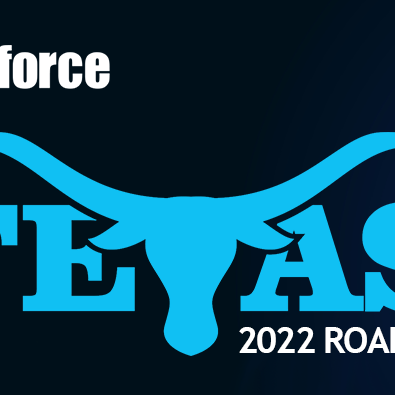US Army training per the Maneuver Captain's Career Course focuses intensively on how to generate company level maneuver including Assembly Areas, phase lines, targets, routes, breach points, etc. One aspect that is used to (theoretically) control a company's movement was the FLOT or forward line of troops. Sixteen years later this concept has developed to account for our growing fleet of robots, autonomous platforms, and...
Read MoreThe 2022 Blueforce Texas Road Show
The 2022 Blueforce Texas Road Show gives you hands-on access to the latest in Public Safety, Safe Campus, and Autonomous Platform technologies. The Road Show kicks off Tuesday October 11, 2022 in Houston. For more information, click here…


